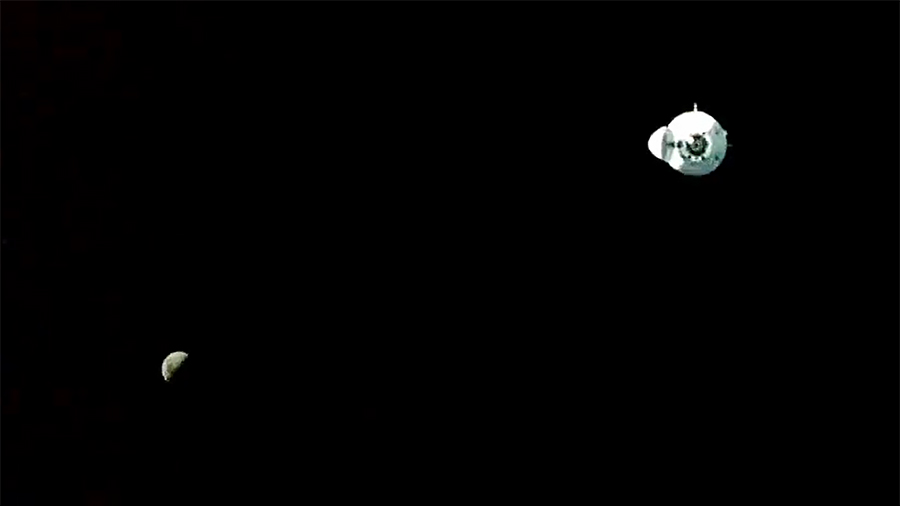
Less than a day since their spectacular 11:17 a.m. EDT Friday launch, Ax-1’s Mike Lopez-Alegria, Larry Connor, Mark Pathy and Eytan Stibbe have arrived safely at the International Space Station (ISS) for the first all-private crewed mission to the orbital outpost.
Their trusty ship, Dragon Endeavour, docked autonomously at the space-facing (or “zenith”) port of the station’s Harmony node—at International Docking Adapter (IDA)-3—at 8:29 a.m. EDT, some 21 hours and less than 15 orbits after their rip-roaring launch from historic Pad 39A at the Kennedy Space Center (KSC) in Florida. The quartet will join the seven-strong Expedition 67 crew for eight days of scientific, educational and outreach activities, before returning to Earth on 18 April.
Docking came 45 minutes later than planned, as NASA and SpaceX flight controllers labored to troubleshoot an issue that prevented the Expedition 67 crew—Commander Tom Marshburn and his U.S. crewmates Raja Chari and Kayla Barron, plus European Space Agency (ESA) astronaut Matthias Maurer of Germany and Russia’s Oleg Artemyev, Denis Matveev and Sergei Korsakov—from receiving views from Endeavour’s centerline camera of the Harmony docking port. At length, teams routed video via a SpaceX ground station to the station’s crew which allowed Endeavour to proceed to a safe docking.
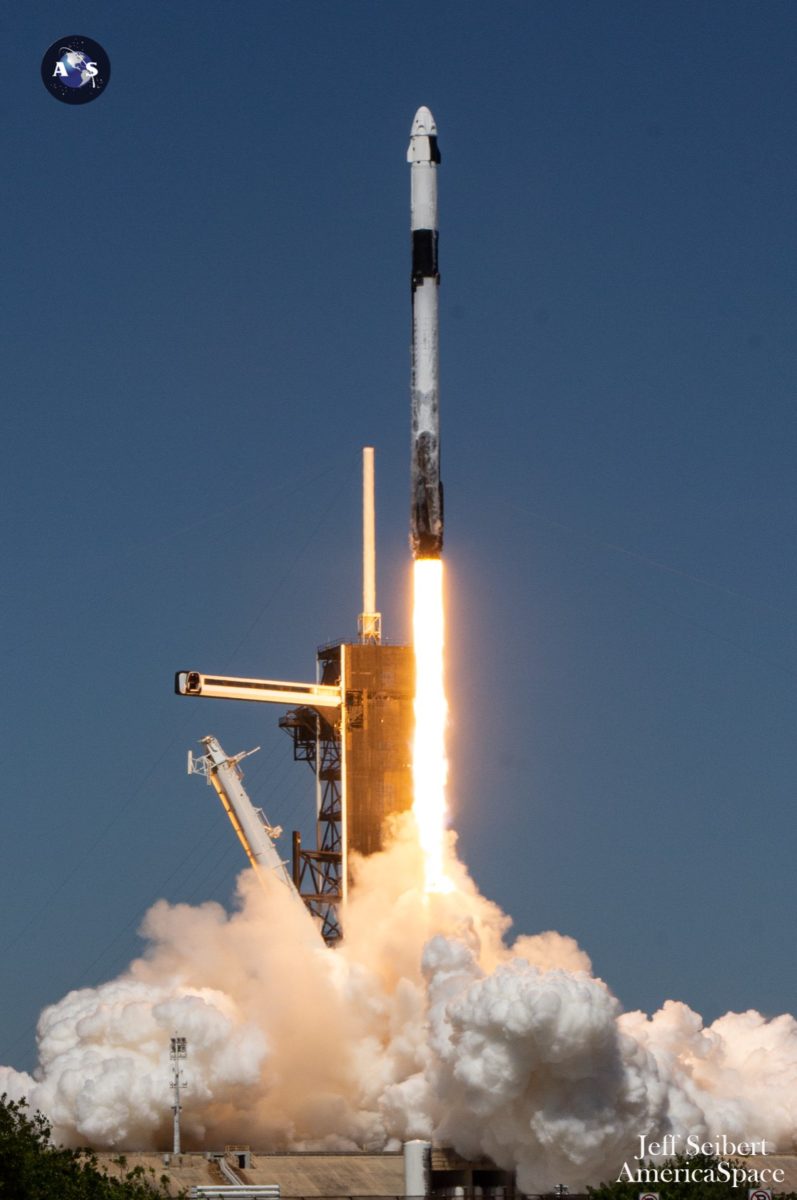
In mooring at IDA-3, this mission marked the first crew-carrying flight to arrive at the ISS via the zenith port of Harmony. All previous Crew Dragons have performed their initial docking at the forward-facing IDA-2 interface. But that particular port is currently occupied by Dragon Endurance, which ferried Crew-3 astronauts Chari, Marshburn, Barron and Maurer to the station last November. And with the arrival of Ax-1, the ISS crew is now boosted temporarily to 11 members for the second time in less than a year.
Saturday morning’s docking topped a thrilling Friday, as Endeavour rose from Earth atop a five-times-flown Falcon 9 booster from the Space Coast. “We were hooting and hollering a little bit on the way up,” admitted Connor in the crew’s first in-flight update early Saturday. He noted that Endeavour presented a “a bit of a tight quarters here” and the peculiar microgravity environment “takes a little bit of getting used to”. Connor referred to an ill-fated attempt to try a muffin for breakfast. Without elaboration, and with the merest hint of a grin, he said: “That did not turn out as expected.”
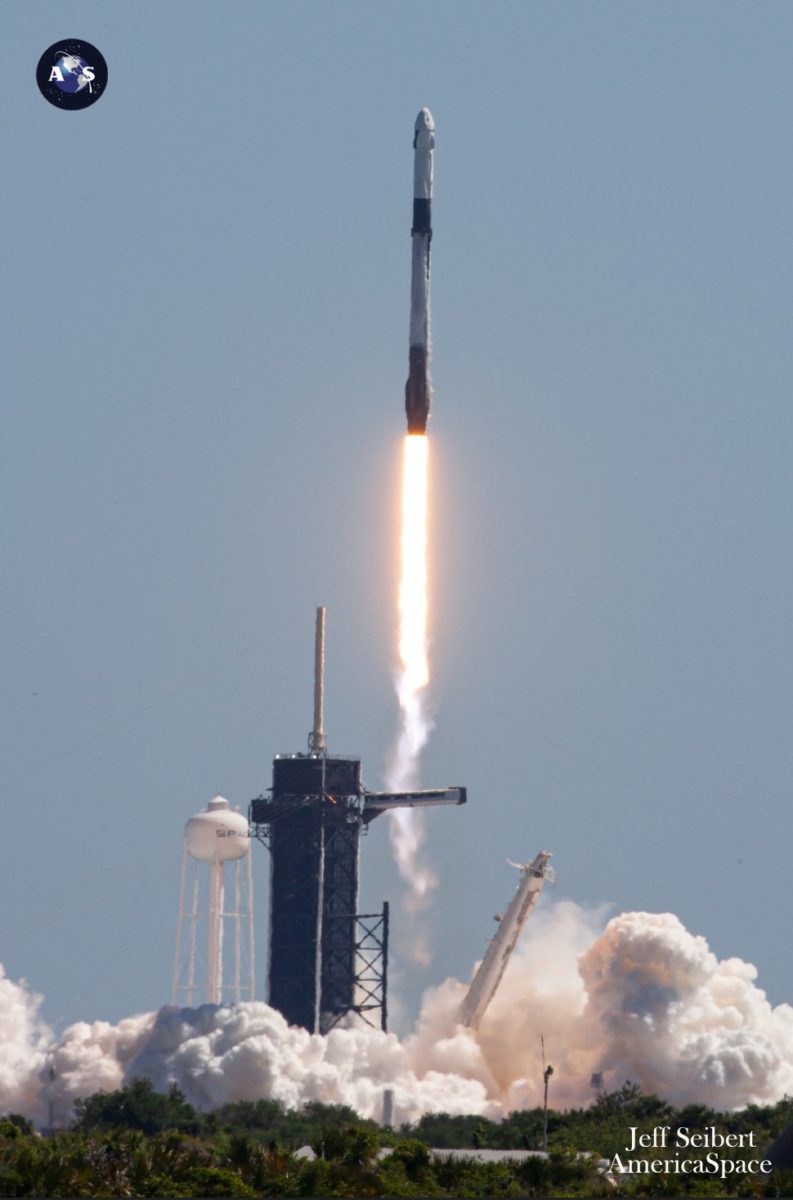
The in-flight event, which occurred just over the tip of South America, came after what Lopez-Alegria described as a “pretty good night’s sleep” for the four men. It also furnished them an opportunity to reveal to the world their zero-G indicator: a soft plush toy called Caramel the Dog. Pathy’s work on the ISS includes several projects associated with Montreal Children’s Hospital, for which Caramel is the hospital foundation’s mascot.
Caramel follows in the fluffy paw-steps of the glittery dinosaur Tremor, who flew aboard Demo-2 in May-August 2020, and GuinGuin, the flying penguin, who accompanied Endeavour’s second team of astronauts on the Crew-2 mission in April-November of last year. And Caramel did not prove shy in making an appearance, floating comically around Endeavour’s cabin. He was tucked away next to Stibbe for launch and according to Pathy the toy dog had to be “kept on a leash, as he likes to take walks”.
At the point of docking, Endeavour and the ISS were orbiting about 260 miles (420 kilometers) above the central Atlantic Ocean. Following a series of pressurization and leak checks between the two vehicles, hatches were opened at 10:13 a.m. EDT and the four newcomers were welcomed aboard. Following a welcoming ceremony, they pressed directly into safety briefings, as part of what AxiomSpace’s director of operations and training Derek Hassmann previously described as an intent for them to be “good house-guests” for their Expedition 67 hosts.
And therein lies the real significance of this, the first all-private crewed mission to the ISS. During the next eight days, Lopez-Alegria, Connor, Pathy and Stibbe will work on around 25 scientific, educational and outreach experiments, spanning health sciences to technology and innovation, and expected to involve upwards of 100 hours of research. Ax-1 is the first of at least four crewed missions contracted by AxiomSpace, Inc., through 2023, before the Houston, Texas-based firm begins launching its own suite of four pressurized modules for research, manufacturing and other activities from the fall of 2024.
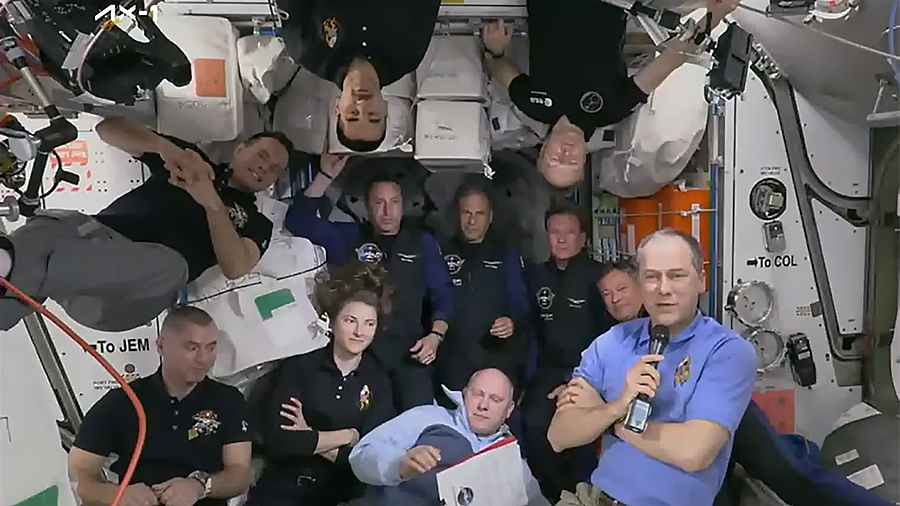
Known as “Axiom Station”, those modules will initially reside at the forward end of the ISS, docked onto the Harmony node. But Axiom Station will separate from the complex to operate as an independent commercial outpost when the ISS retires after 2030.
Back on Earth, preparations are entering high gear for the launch of the brand-new Dragon Freedom on either 21 April (primary date) or 23 April (backup date), carrying the four Crew-4 astronauts to the station. Commander Kjell Lindgren and Pilot Bob “Farmer” Hines—who were assigned to this crew back in February 2021—will be joined by fellow NASA astronaut Jessica Watkins, named last fall, and Italy’s Samantha Cristoforetti, flying on behalf of the European Space Agency (ESA).
After their arrival, the new crew will conduct five days of “direct handover” activities with the outgoing Crew-3, before Chari, Marshburn, Barron and Maurer board their own Dragon Endurance and return to Earth at month’s end. Last Thursday, Lindgren, Hines, Watkins and Cristoforetti entered two weeks of quarantine, properly termed “flight crew health stabilization”.
If they fly as intended on the 21st or 23rd, they will tick off a raft of significant milestones. For the first time since April 1991, the United States will have launched two crewed orbital missions within a single calendar month. For the very first time, as many as three Crew Dragons—Endurance, Endeavour and Freedom—will have been in orbit during the same calendar month. And launching only a few days after the Ax-1 crew returns home will establish a new landing-to-launch record for a crewed orbital mission for the U.S. space program.




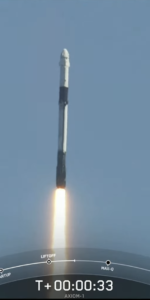
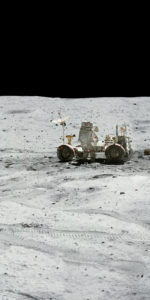
One Comment
One Ping
Pingback:Record-Tying Falcon 9 Lifts 500th Starlink, as Ax-1 Crew Eyes Homecoming - AmericaSpace